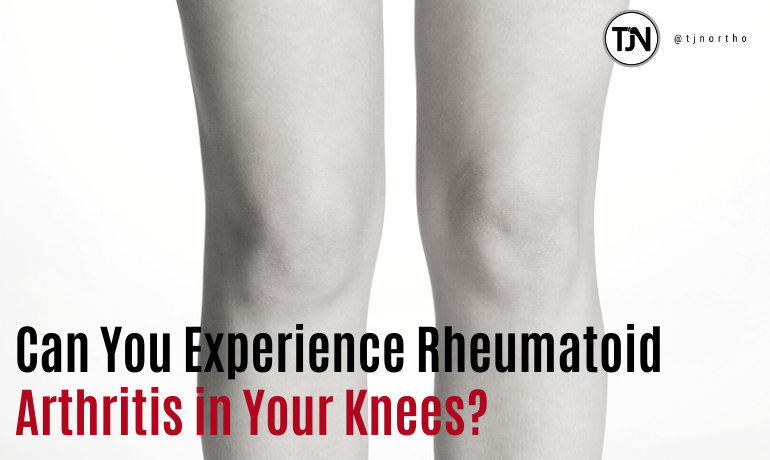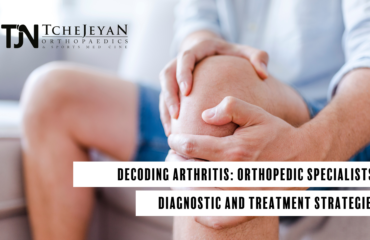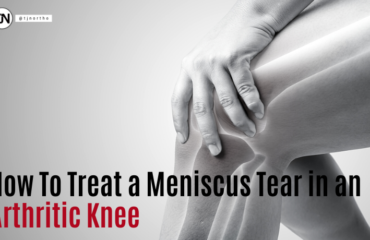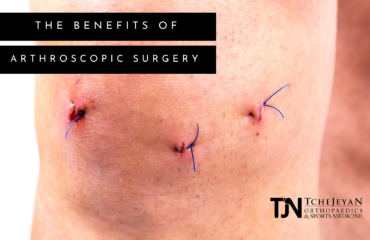Arthritis is a condition in which a joint begins to degenerate, causing pain, swelling, and stiffness. While many people think arthritis affects only the cartilage, more recent research indicates that arthritis affects all of the parts of a joint: the bones, cartilage, and connective tissues.
Rheumatoid arthritis (RA) affects about 1% of the population. Unlike osteoarthritis, RA is not brought on by overuse, injury, or degenerative disease of a joint. Instead, like all rheumatic conditions, it is an autoimmune disorder in which a person’s immune system becomes overactive, causing inflammation in healthy tissue. RA originates in the synovium, the soft membrane that lines your joints and protects them. It causes affected joints to become swollen, stiff, and painful to move and often affects multiple joints.
Knees, wrists, ankles, and fingers are frequently affected by rheumatoid arthritis, and the pain is often symmetrical, meaning it impacts the same joint on both sides of your body. For example, an individual suffering from RA in the left knee usually has symptoms in the right knee, although the pain on one side of the body may be more severe.
RA treatments vary, and several factors will determine which treatments are recommended.
How Does RA in the Knee Present?
Patients with RA in the knee experience discomfort in the knee joint, commonly described as throbbing or aching. Swelling, warmth, stiffness, and joint pain are all common symptoms.
However, as rheumatoid arthritis is an autoimmune disorder, joint problems do not occur in isolation. They may be accompanied by other symptoms such as fatigue, elevated temperature, and lack of appetite. In addition, the breakdown of joint tissue from RA can lead to additional issues with osteoarthritis, in which the cartilage has degraded to the point where bone endings rub together, causing painful friction.
What Is the Best Rheumatoid Arthritis Treatment?
There is no established cure for rheumatoid arthritis. However, there have been significant advancements in RA treatments that can help patients to manage the condition. Some treatments may succeed in pushing symptoms into remission or near-remission (a condition in which there is little or no disease activity). As a result, patients today have numerous options available, and which is the best choice will depend on how far the condition has progressed and how the RA responds to different treatments.
Medication
The severity of your symptoms and how long you’ve had RA will determine what medication your care practitioner suggests. Unfortunately, the longer RA goes untreated, the more likely the affected joints will deteriorate. Many nonsteroidal anti-inflammatory drugs (NSAIDs), such as Advil and Aleve, are available over the counter in low doses and by prescription at higher strengths that can help alleviate pain and inflammation with minimal side effects. However, extended use of these drugs is not recommended.
Corticosteroids are also sometimes prescribed to slow joint damage and reduce inflammation, and doctors will often prescribe them for a short period to minimize adverse effects. In addition, a new class of drugs called DMARDs, or disease-modifying antirheumatic drugs, have been effective in helping patients with RA. You and your doctor should work together to determine which medications hold the most promise with the lowest risk of adverse effects.
Therapy
A physical or occupational therapist can provide you with an exercise regimen that can help keep your knees flexible. Following a condition-appropriate exercise regime can alleviate pain and minimize mobility loss. For many individuals with RA, the condition becomes more painful after periods of inactivity, such as first thing in the morning. Consequently, learning how to keep joints flexible can make it possible to maintain a relatively active lifestyle. Your therapist can also teach you alternative ways of moving if your condition progresses to the point where some of your everyday activities become challenging.
Surgery
Patients who have exhausted other options may ultimately find surgery their best option. Different surgical treatments may be appropriate, depending on the severity of the joint damage. A tendon repair can offer increased joint stability if inflammation and joint damage have caused your tendons to loosen or rupture. Other patients may benefit from a synovectomy procedure, where the inflamed joint lining (synovium) is removed to alleviate pain and increase mobility. In some cases, a total joint replacement may be necessary.
Rheumatoid arthritis that affects your knees can keep you from enjoying activities you love. Moreover, when you lose mobility, the lack of physical activity can lead to additional health problems. If you suffer from RA or any type of arthritis, contact Tchejeyan Orthopaedics and Sports Medicine today to learn how we can help you manage your condition.




